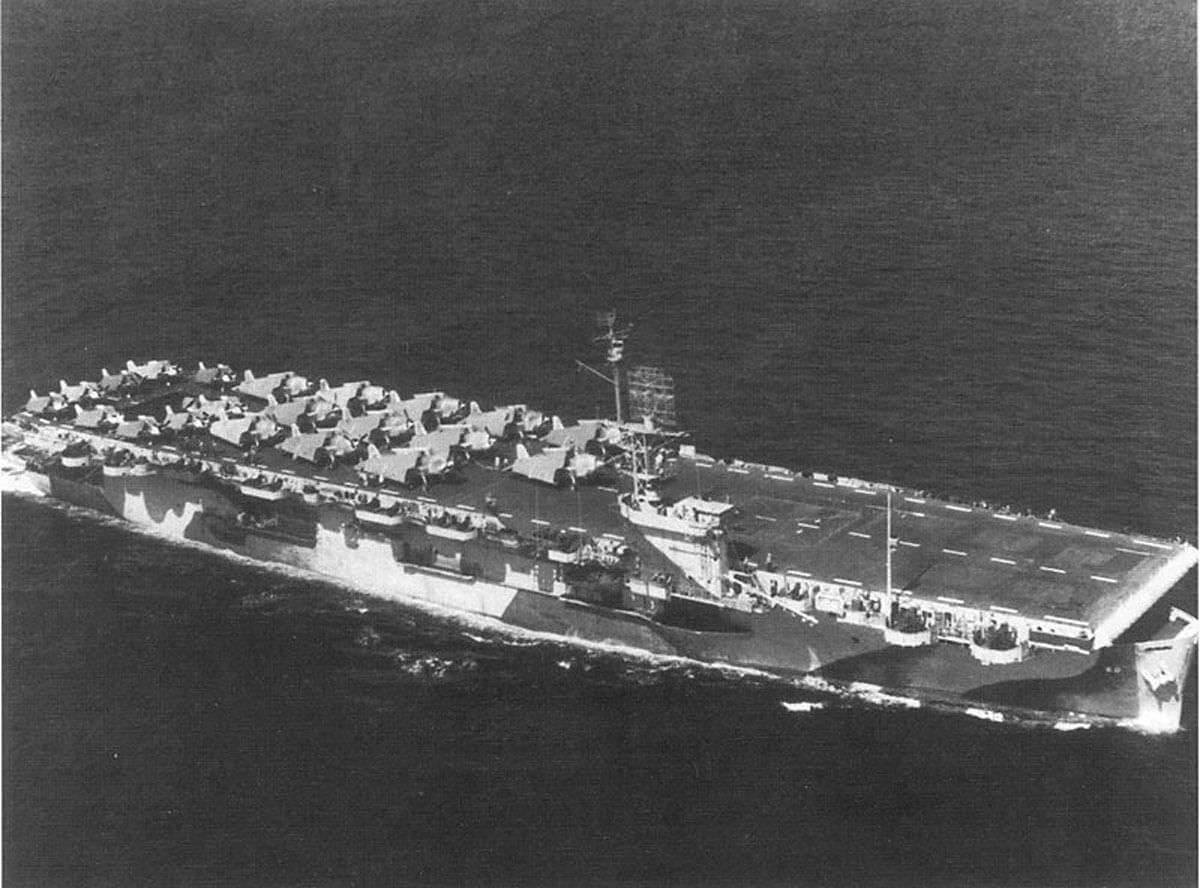Asbestos Exposure on the Casablanca-Class Escort Carriers

Casablanca-class escort carriers were built quickly under pressure to replace earlier American naval losses in WWII. While smaller than other escort carriers and built with technology that was already somewhat outdated, they nonetheless played a key role in transportation and support and even saw combat occasionally.
History of the Casablanca-Class
Casablanca-class escort carriers were the most numerous of American escort carriers during WWII and were built in impressively short order. In 1942, as the U.S. became rapidly involved in the war effort, industrialist Henry J. Kaiser proposed building 50 of them in his own shipyard within just one year, in Vancouver, Washington.
The Navy was at first skeptical of this proposal, so Kaiser presented the idea directly to President Roosevelt, who instructed the Navy to proceed. Originally, the idea was to lend half of them to the Royal (British) Navy. Under this program, the U.S. Army lent or donated materials to other allied nations for the duration of the war. Ultimately, however, the Casablanca-class remained exclusively with the American Navy.
Escort carriers were designed to escort battle ships and to transport aircraft. Casablanca-class escort carriers were especially versatile ships. Some served only in transport roles, bringing aircraft to and from bases. However, they could also serve as ASW (Anti-Submarine Warfare) carriers, strike/CAP (Combat Air Patrol) carriers, and even form part of the armed fleet if other ships were unavailable. Many performed all these roles interchangeably as circumstances required.
One Casablanca-class carrier, the USS Wake Island, performed all these duties and served in combat before being sunk by a kamikaze pilot in 1945. 45 out of the 50 Casablanca-Class escort carriers served in the Pacific. The Casablancas were smaller than previous carriers, and used older technology that rendered them generally unusable after the war.
Technical Specifications
Churned out at the rate of approximately one ship a week, Casablanca-Class escort carriers all had nearly identical specifications.
- Length: 490 feet
- Displacement: 10,902 tons fully loaded
- Crew size: 850-900
- Armament: 4 single 5/38 DP, 4 dual 40 mm AA, and 12 20 mm AA
- Aircraft capacity: 25-30
- Top speed: 20 knots
- Drivetrain: 2 Reciprocating (VTE) engines, (4) 285 psi boilers, 2 shafts, 9,000 HP
Casablanca-class Carriers and Asbestos
Casablanca-class carriers were built at a time when the U.S. Navy specified asbestos for many different types of equipment and materials. Navy veterans, in fact, are one of the most at-risk groups for developing mesothelioma, an incurable type of asbestos cancer.
The Navy is not to blame for veteran asbestos exposure. Asbestos companies alone are at fault for providing asbestos to the Navy and failing to warn about its health hazards.
Belluck & Fox, LLP specializes in Navy asbestos claims and has recovered significant compensation for Navy veterans who developed mesothelioma after working on escort carriers and other vessels. We have a number of ways—including blueprints, ship records, and shipmate interviews—to find out how veterans were exposed to asbestos and which companies supplied the asbestos.
If you served on a Casablanca-class escort carrier and have been diagnosed with mesothelioma, Belluck & Fox, LLP can help. Learn how we protect the legal rights of veterans and their families during a free case review.
Sources:
- Haze Gray & Underway: Casablanca-Class Escort Aircraft Carriers
- UBoat.net: The Casablanca-Class Carriers
- Pacific War Online Encyclopedia: Casablanca Class, U.S. Escort Carriers
